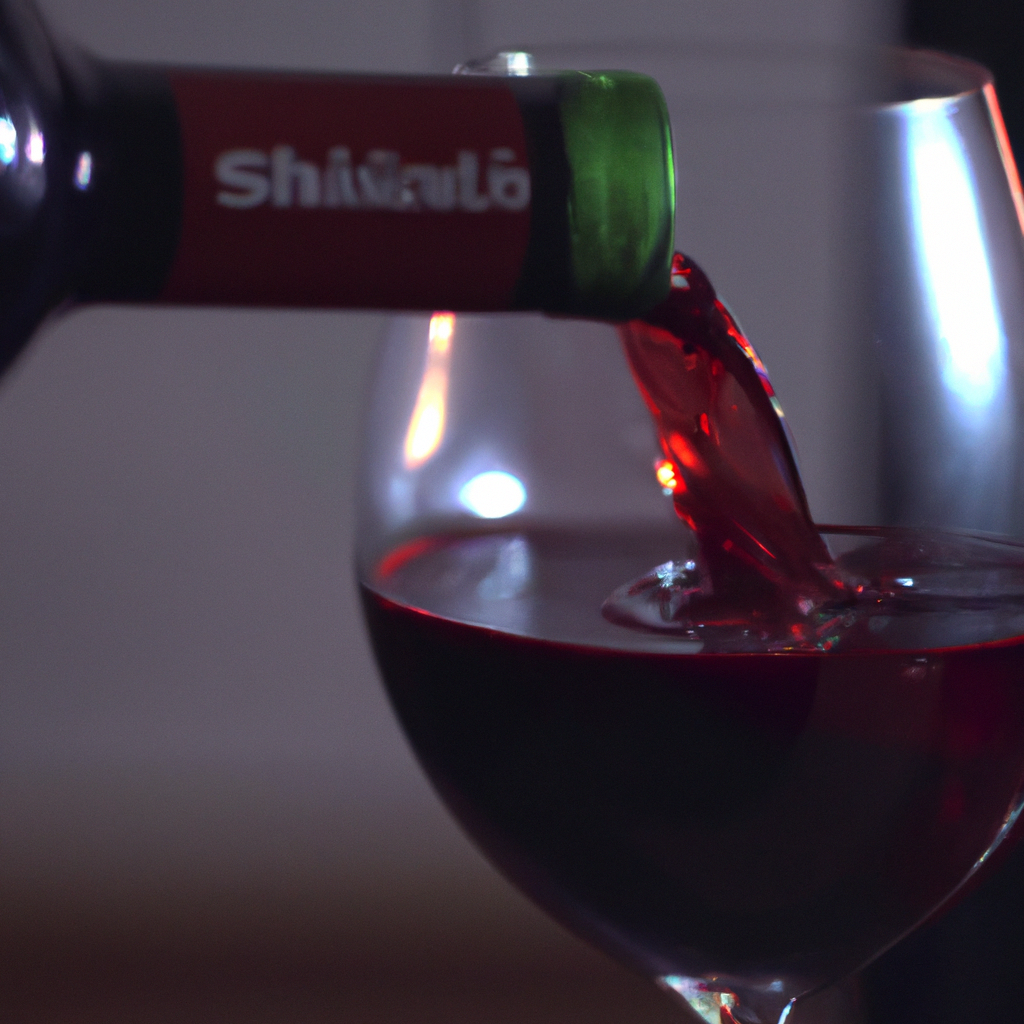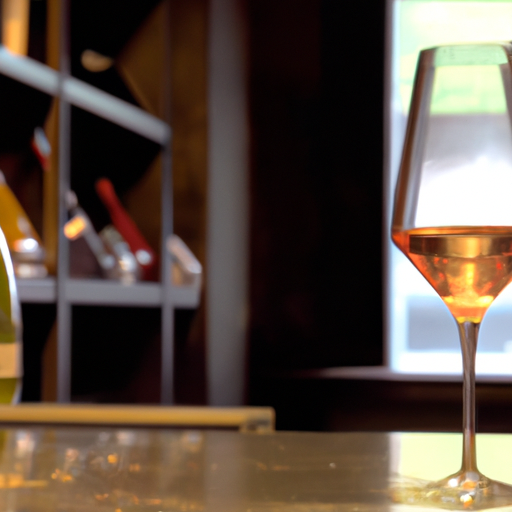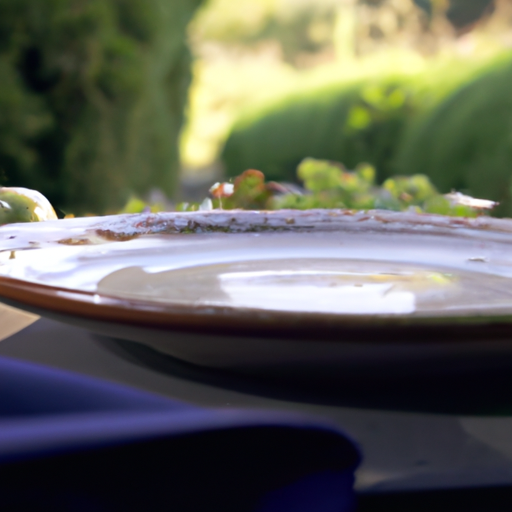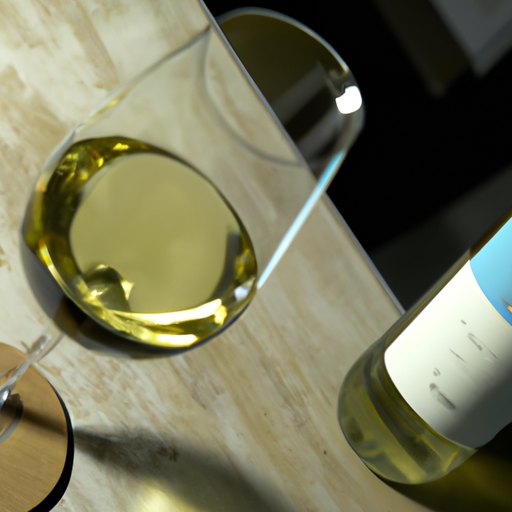-
Article Summary
- A Guide to Chilling Red Wines
- Key Takeaways
- Introduction: The Art of Chilling Red Wines
- The Ideal Temperature for Chilling Red Wines
- Methods for Chilling Red Wines
- Types of Red Wines That Benefit from Chilling
- Understanding the Characteristics of Red Wines
- FAQ Section
- 1. Do all red wines need to be chilled?
- 2. What is the ideal temperature for chilling red wines?
- 3. How can I chill red wine quickly?
- 4. Can over-chilling red wine affect its flavor?
- 5. Which types of red wines are suitable for chilling?
- Conclusion: The Delicate Balance of Chilling Red Wines
- Revisiting Key Takeaways
- References
A Guide to Chilling Red Wines

[youtubomatic_search]
Key Takeaways
- Not all red wines need to be served at room temperature.
- Chilling certain red wines can enhance their flavor profiles.
- The ideal temperature for chilling red wines is between 55°F and 60°F.
- There are various methods to chill red wines, including refrigeration and ice buckets.
- Understanding the characteristics of different red wines can guide the chilling process.
Introduction: The Art of Chilling Red Wines
Contrary to popular belief, not all red wines are best served at room temperature. In fact, chilling certain red wines can enhance their flavor profiles, making them more enjoyable. This guide will explore the art of chilling red wines, providing insights into the ideal temperatures, methods, and types of red wines that benefit from this practice.
The Ideal Temperature for Chilling Red Wines
While it’s true that red wines are typically served at room temperature, this tradition stems from a time when “room temperature” was considerably cooler than it is today. According to Wine Spectator, the ideal temperature for serving red wine is between 55°F and 60°F (1). This is slightly cooler than modern room temperature, which is typically around 70°F.
Methods for Chilling Red Wines
There are several methods for chilling red wines. The simplest is to place the bottle in the refrigerator for about 30 minutes before serving. Alternatively, for a quicker chill, the bottle can be placed in an ice bucket filled with a mixture of ice and water for about 15-20 minutes. It’s important to monitor the temperature closely to avoid over-chilling the wine, which can dull its flavors.
Types of Red Wines That Benefit from Chilling
Not all red wines benefit from chilling. Full-bodied reds like Cabernet Sauvignon and Syrah are best served at slightly warmer temperatures to allow their complex flavors to fully develop. However, lighter-bodied reds like Pinot Noir, Beaujolais, and certain types of Zinfandel can benefit from chilling. These wines have higher acidity and lower tannin levels, which can be enhanced by cooler temperatures.
Understanding the Characteristics of Red Wines
Understanding the characteristics of different red wines can guide the chilling process. Wines with high acidity and low tannin levels are generally more suitable for chilling. Additionally, wines with fruity and floral notes can also benefit from cooler serving temperatures. On the other hand, wines with high tannin levels and complex flavors are typically better served at warmer temperatures.
FAQ Section
1. Do all red wines need to be chilled?
No, not all red wines need to be chilled. Full-bodied reds with complex flavors are typically served at slightly warmer temperatures. However, lighter-bodied reds with high acidity and low tannin levels can benefit from chilling.
2. What is the ideal temperature for chilling red wines?
The ideal temperature for chilling red wines is between 55°F and 60°F.
3. How can I chill red wine quickly?
For a quick chill, place the bottle in an ice bucket filled with a mixture of ice and water for about 15-20 minutes.
4. Can over-chilling red wine affect its flavor?
Yes, over-chilling red wine can dull its flavors. It’s important to monitor the temperature closely when chilling red wine.
5. Which types of red wines are suitable for chilling?
Lighter-bodied reds like Pinot Noir, Beaujolais, and certain types of Zinfandel are suitable for chilling.
Conclusion: The Delicate Balance of Chilling Red Wines
Chilling red wines is a delicate balance that requires understanding the characteristics of different types of wines. Not all red wines benefit from chilling, but those with high acidity, low tannin levels, and fruity or floral notes can be enhanced by cooler serving temperatures. The ideal temperature for chilling red wines is between 55°F and 60°F, and there are various methods to achieve this, including refrigeration and ice buckets. By understanding these principles, you can enhance your wine-drinking experience and appreciate the nuanced flavors of different red wines.
Revisiting Key Takeaways
- Not all red wines need to be served at room temperature.
- Chilling certain red wines can enhance their flavor profiles.
- The ideal temperature for chilling red wines is between 55°F and 60°F.
- There are various methods to chill red wines, including refrigeration and ice buckets.
- Understanding the characteristics of different red wines can guide the chilling process.
[youtubomatic_search]
References
(1) Wine Spectator. “Ask Dr. Vinny: What’s the best temperature to serve wine?” Wine Spectator, 2019.




